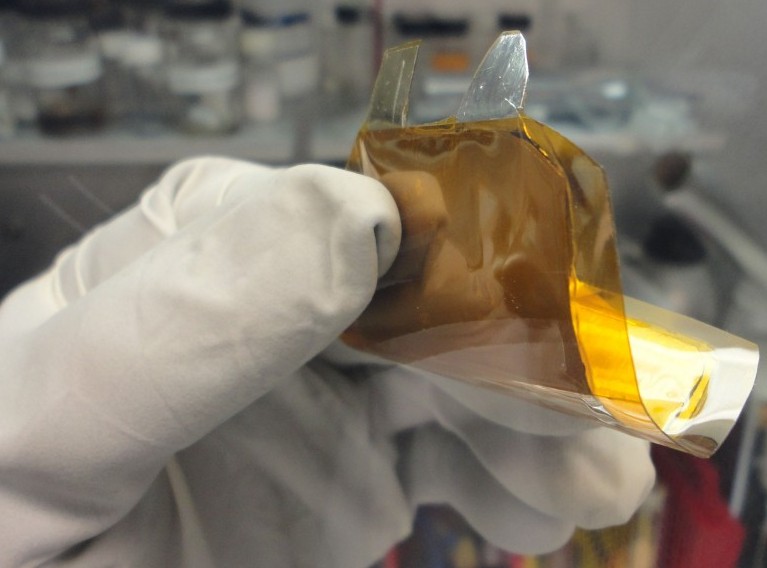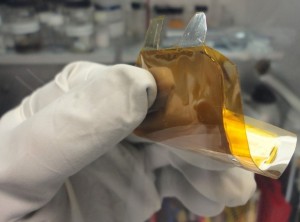August 15, 2014 – Applied Materials Inc., supplies equipment, software and services to some of the world’s biggest manufacturers of semiconductors, solar panels, display screens, smart phones and other types of consumer electronics. They design and build material constructs at the atomic level. And one of their areas of expertise is batteries.
At the Wearable Technologies Conference held in Munich, Germany, earlier this year, a senior technologist from Applied, Leo Kwak, described the company’s work on solid-state thin film batteries, smaller, lighter, more flexible, with faster recharge and double the cycles of current lithium-ion technology.
The technology to make this possible is what Applied is shipping to manufacturers so that they can begin building solid-state battery technology integrated within their devices. Batteries made this way use a solid rather than liquid electrolyte. There are many applications from wearable electronics like smart watches to batteries for electric vehicles. Unencumbered by the weight and form factor restriction of a liquid electrolyte the batteries can be smaller, lighter, and malleable, capable of being shaped to meet almost any industry requirement.
Until recently solid-state batteries have primarily been used in remote sensing devices and medical implants where low-power requirements are needed. These are batteries that feature long cycle life and low leakage rates so they tend to last as long as the electronic device they power. The caveat up until now has been the battery cost. Lithium-ion has been cheaper. But with this new manufacturing process Applied can provide device manufacturers with a solid-state battery that is laid down using thin-film vacuum processes. And Applied isn’t going to the battery manufacturers with their technology. Instead it is shipping it direct to the device manufacturers. That’s because the thin-film vacuum processes they use to manufacture the circuitry in their devices can now also be used to create the battery to operate it.





















